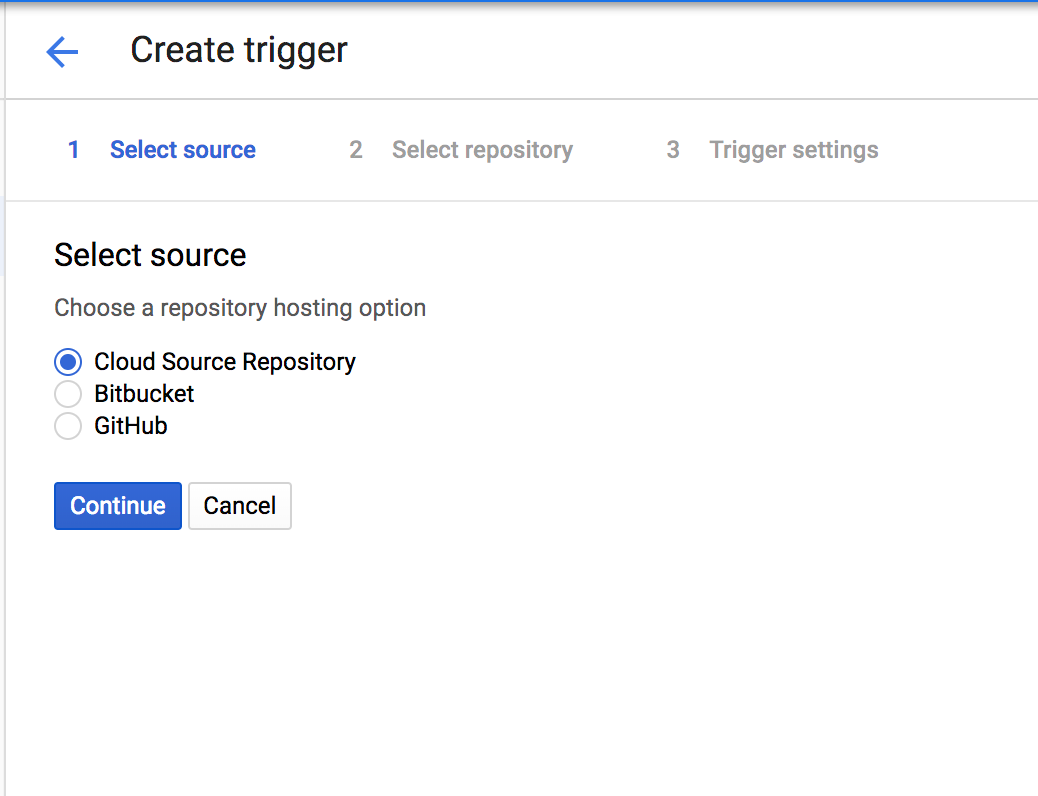

The first line defines the base image used as a starting point, in this case, a basic Debian image with Python 3.7. Take a look at the contents: FROM python:3.8.7 The project already ships with a working flask.Dockerfile. But… what happened? How did Semaphore do all that? Building an ImageĬreating a custom Docker image is easily achieved with the right Dockerfile.
Select the option I will use the existing configuration as the repository includes some ready-to-use CI/CD pipelines. Choose your GitHub repo and click Choose. In the left-side navigation, click on + (plus sign) under Projects. In Semaphore, adding a project takes a couple of clicks: You’ll also need a Semaphore account by signing up with GitHub, you’ll get $10 worth of service time every month, which is enough for 1300 minutes of free build time. Ready to get started? Sign up to Semaphore and Dockerĭocker Hub provides free storage for images, so go ahead and get a Docker Hub account. The objective of this section is to bake the app into a container. Use the git URL to copy the repository to your machine:Ī well designed Continuous Integration setup will help us to:. To get the git URL, click the Clone or download button. Navigate to semaphore-demo-python-flask. Semaphoreci-demos / semaphore-demo-python-flask While Semaphore will do most of the heavy lifting, you need to ensure to have the following things set up: Test the application inside the container. Build a Docker image with our application. To keep things nice and tidy, it has been split into two containers: one for the database and the other for the webserver. 
The app consists of a simple task manager, written for the Flask web micro-framework, with a MongoDB acting as a database backend. Continuous deployment: send the image to Heroku to run online.įirst, we will work with Semaphore’s ready-to-use Python Flask demo.Continuous integration: build and test the app image.The tutorial is broken down into two sections: In this hands-on tutorial, we’ll learn how Semaphore can help us achieve all this in a few minutes. Here is where a CI/CD platform can be of great value to us: by automating all tasks and giving us a fast and reliable environment to work in.

In addition, setting up a test environment can prove more challenging. However, Docker introduces a new variable to the equation: the app must be baked into the container image, then correctly deployed.
Divide and conquer: distribute services among different containers. No overhead: better performance than virtual machines. Portability: fewer dependencies with the underlying OS the same image can be deployed on any cloud provider. Consistency: Production and development environments are equal. It offers all the benefits of virtual machines, without the high overhead: Docker is a container technology that enables developers to run entire applications as a unit.







 0 kommentar(er)
0 kommentar(er)
